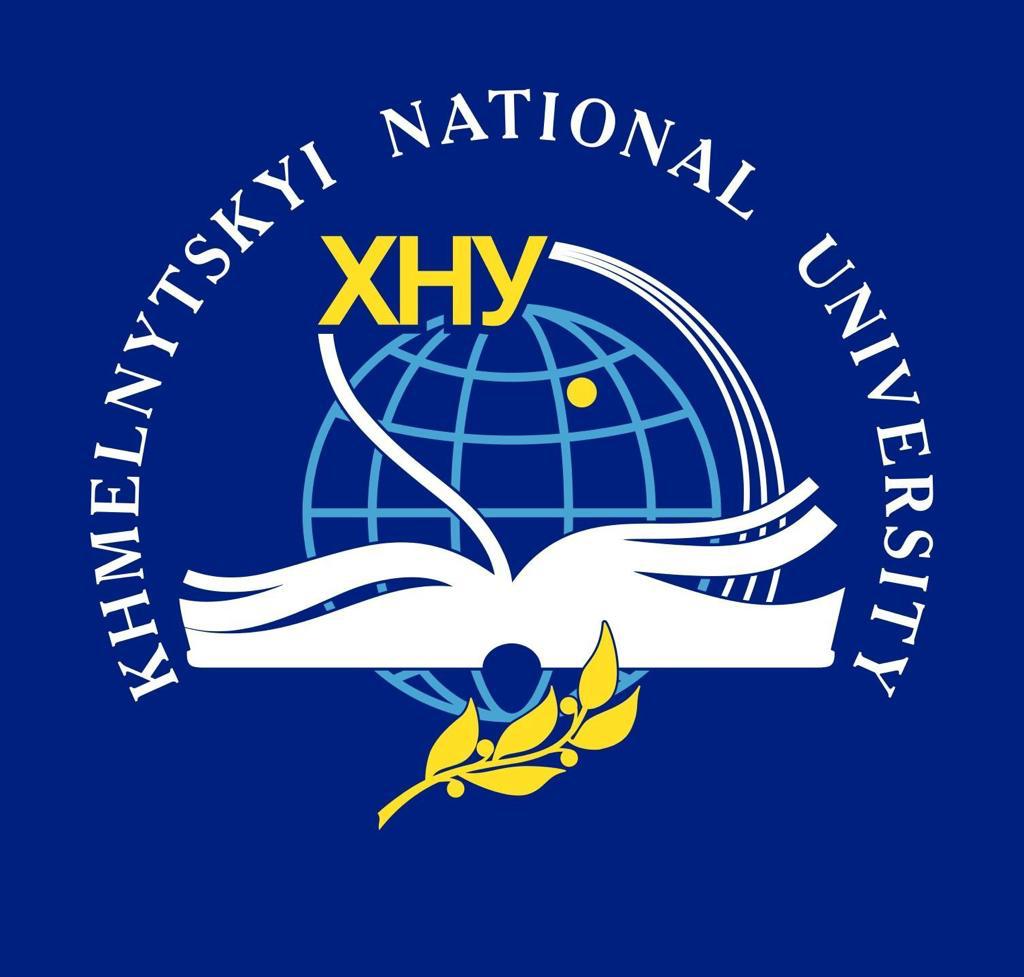USAGE OF FITNESS TECHNOLOGIES IN THE TRAINING PROCESS OF COMBAT SPORTS ATHLETES
DOI:
https://doi.org/10.31891/pcs.2024.1.11Keywords:
pankration, fitness, technology, training process, functional stateAbstract
The aim of the research is to theoretically justify the use of fitness technologies in the training process of combat sports athletes. The study employed complementary theoretical research methods, including analysis and synthesis of scientific-methodical literature on the features of educational and training processes in combat sports, particularly the use of fitness technologies. The work is based on the analysis of scientific literature dedicated to improving the special endurance of mixed martial artists aged 18-21. The absence of a unified perspective on the application of innovative fitness training methods in this context was identified. A comparative analysis revealed the advantages of fighters utilizing innovative methods, recommending their implementation in other clubs. The structure and characteristics of competitive bouts in combat sports were explored, determining the tactical actions and their impact on coordination abilities. Experiments confirmed the effectiveness of methods for developing coordination abilities. Other studies highlighted the importance of planning pre-competition training and optimizing workouts for improving aerobic endurance. The methodology of strength training for young hand-to-hand combat athletes was examined, identifying variations of speed-strength exercises for physical development. Factors influencing the choice of sports specialization were investigated, emphasizing the significance of individual timelines to achieve qualification levels in martial arts. The value of training based on martial arts philosophy, aimed at enhancing individuals in spiritual, intellectual, and physical aspects, was emphasized. In conclusion, various methods for improving the special endurance of mixed martial artists were studied. Experiments validated the advantages of innovative fitness training in combat sports. The obtained data provide a foundation for the development of fitness technologies. Future research will focus on creating a game-based fitness technology for pankrationists.
References
Alexeev, A. F., Ananchenko, K. V., Boychenko, N. V. Theory and Methods of Teaching Judo and Sambo: A Textbook for 3rd-Year Students (Credit-Module System). KhDAFK, Kharkiv. 2014. 136.
Boychenko, N. V., Holubnychyi, R. V. Features of Physical Training of Female Judo Practitioners. Martial Arts, 2016: 2 (5), 11-13.
Vilyhorskyi, Oleksandr, Slobozhaninov, Andrii. Analysis of Individual Training Features in Martial Arts. Bulletin of Precarpathian University. Series: Physical Education 40 (2023): 18-22.
Hodlevskyi, P. M., Svyryda, V. S. Fundamentals of the Philosophy of Martial Arts as a Theoretical Aspect of Physical Education and Healthy Lifestyle. Philosophical Horizons of Today: Collection of Abstracts and Articles of the VI International Scientific-Practical Conference. Kherson: KhDAU, 2018: 41-45.
Horyuk, P., Danilenko, O. Psychophysiological Condition of Combat Sports Athletes in the Off-Season. Scientific Journal of M.P. Dragomanov National Pedagogical University. Series No. 15. Scientific and Pedagogical Problems of Physical Culture (Physical Culture and Sports): Collection of Scientific Works / Ed. O. V. Tymoshenko. Kyiv: Publishing House of NPDU named after M.P. Dragomanov, 2021. Issue 4 K(132) 21: 60-64.
Horyuk, Petro. Basketball as a Means of Transition from Strength Training to Speed Training in Combat Sports during the Off-Season. Bulletin of Precarpathian University. Series: Physical Education 32 (2019): 55-59.
Yerokhin, D. V. Improvement of Special Endurance of Mixed Martial Artists Using Innovative Fitness Training Tools: Master's Thesis in Physical Education and Sports. Supervisor: B. V. Kokarev. Zaporizhzhia: ZNU, 2022. 54.
Zoriy, Y. B., Nakonechny, I. Y. Impact of CrossFit Dynamics on the Application of Technical and Tactical Actions in Martial Arts. Scientific Journal of M.P. Dragomanov National Pedagogical University. Series No. 15. Scientific and Pedagogical Problems of Physical Culture (Physical Culture and Sports): Collection of Scientific Works / Ed. O. V. Tymoshenko. Kyiv: Publishing House of NPDU named after M.P. Dragomanov, 2021. Issue 4 K(132) 21: 83-88.
Kokarev, B., Kokareva, S., Hatsula, O., Zhuravlyov, Y., & Yakovlev, A. Improving the Efficiency of Pre-Competition Preparation of Qualified Taekwondo WTF Athletes through the Use of High-Intensity Fitness Training Tools. Martial Arts, 2024; (2 (32)): 26-39.
Kravchuk, T. M., Ogarr, G. O., Kondratovich, B. Y. Speed-Strength Orientation of Training for Young Sambo Wrestlers. Martial Arts, 2019. 1(11): 46–54.
Kriventsova, I., Ogarr, H., Panina, O. Strength Training in the Educational and Training Process of Young Judo Practitioners. Martial Arts; 2020: No. 1(15): 13-21.
Marandian, K. N., & Boychenko, N. V. Improvement of Speed-Strength Abilities of 15-16 Year Old Judo Practitioners. Problems and Prospects of Development of Sports Games and Martial Arts in Higher Educational Institutions, 2019. 1, 48-51.
Tropin, Y. M., Panov, P. P., Bielobaba, S. B. Physical Training of Wrestlers. Martial Arts, 2017. 3(5), 82-84.
Khurtenko, O. V., Dmytrenko, S. M. Pedagogical Technologies for Improving the Physical and Technical Training of Boxers. Martial Arts, 2018. (4), 69-79.
Chernozub, A. A., R. G. Adamovich, I. K. Shtefyuk. Scientific Substantiation of the Structure and Content of Training Load for Athletes Specializing in Hand-to-Hand Combat. Ukrainian Journal of Medicine, Biology and Sport 4, No. 5 (2019): 395-402.
Chumak, Yu. A., Ananchenko, K. V. Organization of Educational and Training Process for Young Judo Practitioners. Martial Arts, 2015. 11: 167-171.





